Collections
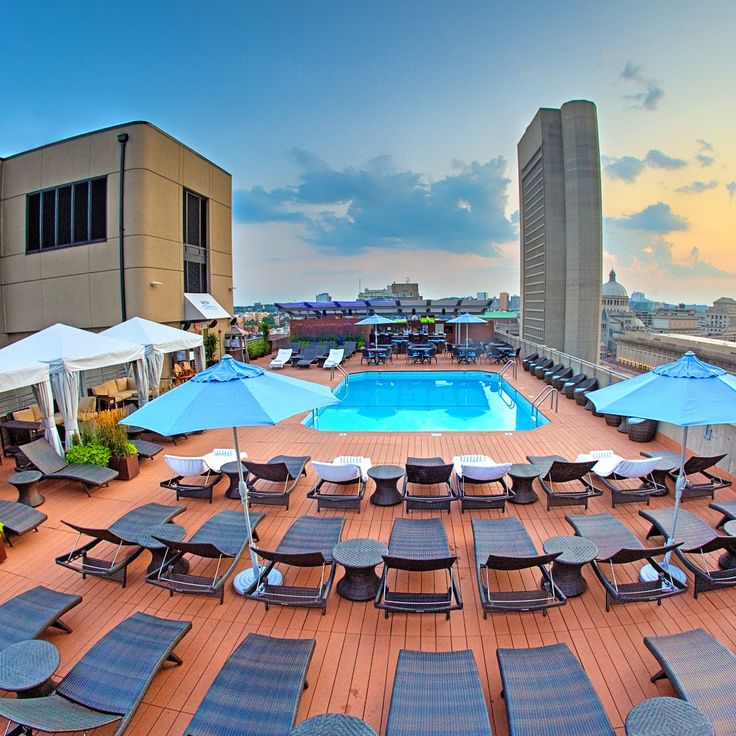
Best Rooftop Bars in Boston
A curated collection of Boston's finest rooftop bars offering elevated drinking experiences across the city. From downtown establishments to waterfront venues, these rooftop destinations provide outdoor dining and cocktails with city views.
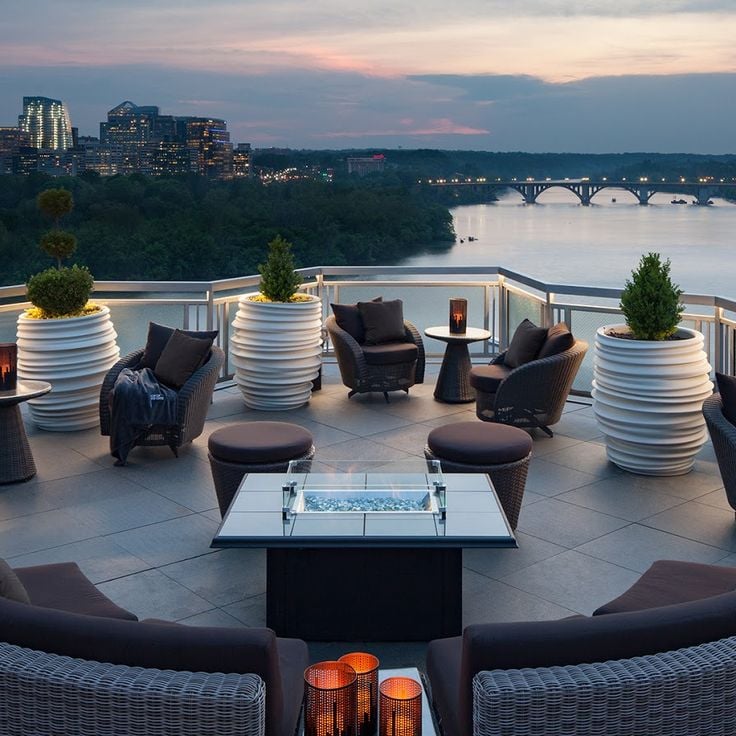
Best Rooftop Bars in Washington DC
Collection of leading rooftop bars in Washington DC offering views over the American capital. These venues serve cocktails and light food in elevated settings across various districts of the city.
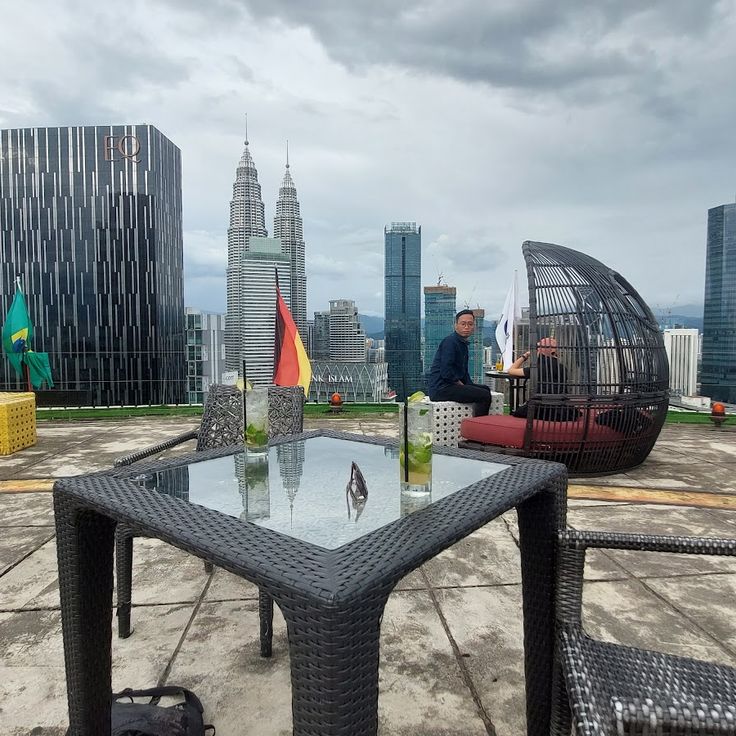
The Most Spectacular Rooftop Bars in Kuala Lumpur
A collection of the most popular rooftop bars in Kuala Lumpur, offering panoramic views of the Malaysian capital's skyline. These venues combine refined cocktails and wide city vistas, including the Petronas Towers and downtown.
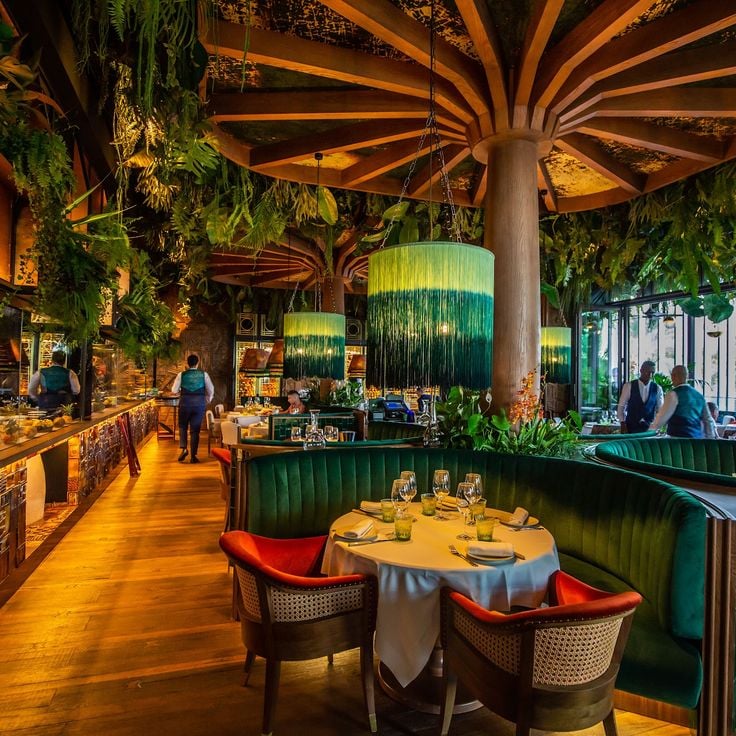
Rooftop bars in Dubai: terrace lounges with skyline views
Dubai features numerous bars and lounges located atop its skyscrapers, allowing views of the city from elevated vantage points. These venues concentrate in Downtown Dubai, Dubai Marina, and on the artificial island of Palm Jumeirah, offering different perspectives on urban architecture and the Persian Gulf. Locations include spots like Ce La Vi Dubai and Asia Asia at Pier 7, which offer both dining and bar service with outdoor terraces. Others such as Cielo Sky Lounge or Barfly Dubai specialize...

Best Rooftop Bars in Ho Chi Minh City
Comprehensive collection of the most notable rooftop bars in Ho Chi Minh City, offering panoramic views of the Vietnamese metropolis. These elevated venues feature refined cocktails and a sophisticated setting in the economic center of Vietnam.

Best Rooftop Bars in Sydney
A collection of the most popular rooftop bars in Sydney, offering panoramic views of the city, harbor, and surrounding areas. These venues serve cocktails, beers, and food in elevated settings across various districts of Sydney.
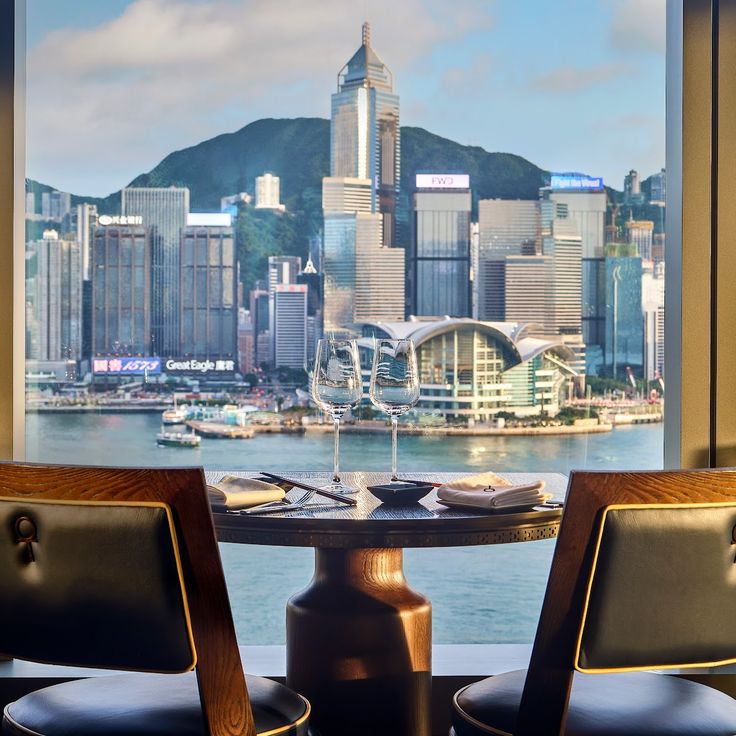
Hong Kong's top rooftops for enjoying the best views of the city
Hong Kong shifts its pace as you ascend above the busy streets. Up there, open terraces overlooking the bay reveal a city that sparkles endlessly. Glass facades reflect the port, ferries carve luminous lines, and skyscrapers seem to echo each other from one district to another. You settle in for a cocktail, watch the lights glide across Victoria Harbour, listen to conversations blending with music, and are carried away by the feeling of being both spectator and suspended between sky and city....

Chicago Rooftops: bars, terraces with views and panoramic restaurants
Chicago features a notable selection of rooftop bars, perched atop skyscrapers and offering views of the city’s iconic architecture. From River North to the Loop, these high-up venues let visitors admire Lake Michigan, the Chicago River, and the skyscrapers that form the skyline of the third-largest city in the United States. These rooftops offer various experiences: contemporary Peruvian cuisine at Cabra, handcrafted cocktails at Kennedy Rooftop with a direct view of downtown towers, or the...
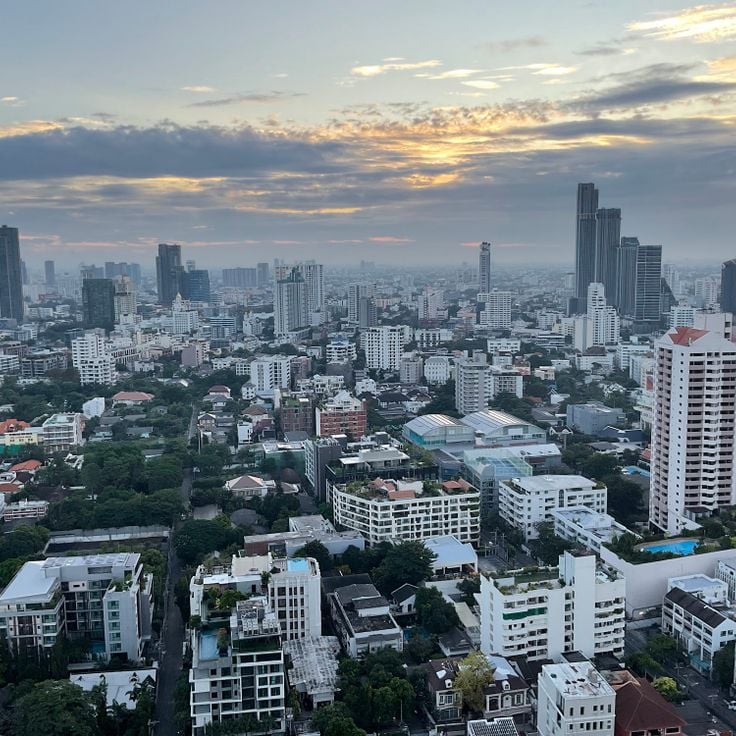
Bangkok Rooftop: Panoramic Terraces, Cocktails, and City Views
Bangkok has several dozen rooftop bars located on the top floors of skyscrapers and hotels downtown. These altitude venues serve cocktails, spirits, and craft drinks while offering unobstructed views of the Thai metropolis, its modern towers, and the Chao Phraya River. Places like Above 11, ABar Rooftop, and Bangkok Heightz offer open terraces at various heights, some with 360-degree views of the entire city. The establishments are known for their specialties: 1826 Mixology and Rooftop Bar...
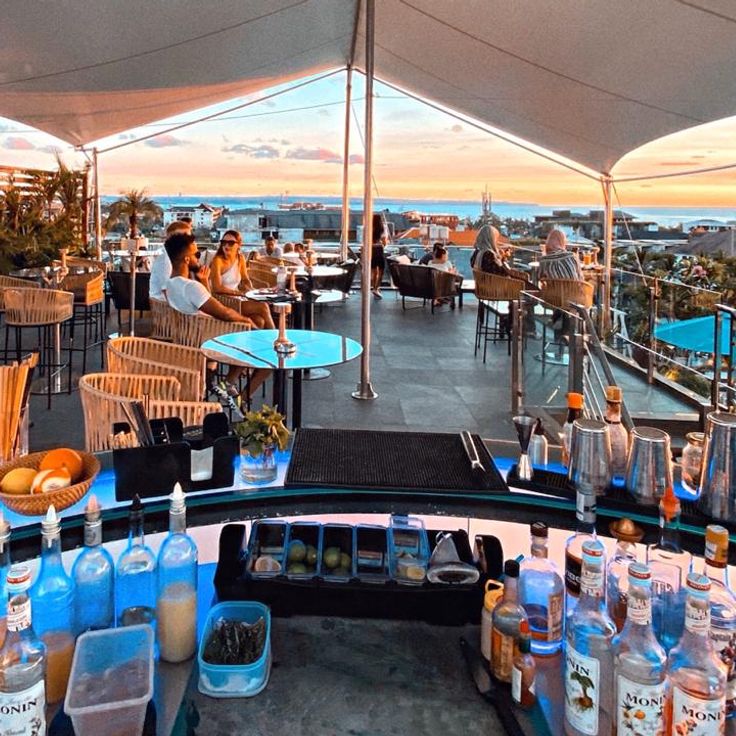
Rooftop bars in Bali: terrace venues with views, cocktails and dining
This collection features the most sought-after rooftop bars in Bali, offering panoramic views of the Indonesian island. These venues combine creative cocktails, refined cuisine, and a relaxed atmosphere at elevated locations, spread across main tourist areas of Bali such as Seminyak, Kuta, Sanur, and Uluwatu.
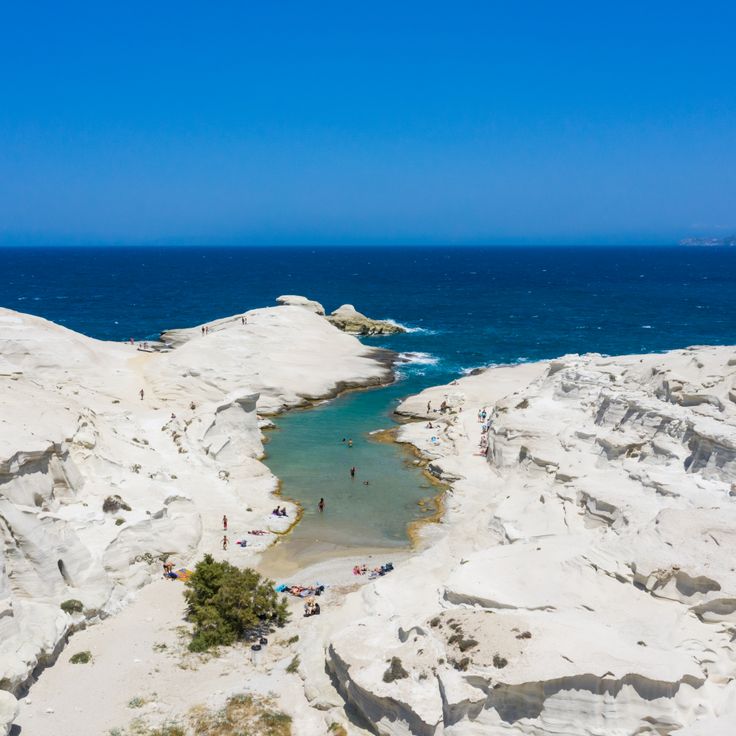
The most beautiful natural pools and waterfalls in Greece
Discover a selection of the most attractive natural pools and waterfalls in Greece, spread across islands and mainland regions. These sites are known for their basins shaped by rocks or set within dense vegetation, often featuring clear water from streams or torrents. This list includes characterful beaches, natural pools, dramatic falls, and hidden lakes, suitable for a refreshing swim or a nature getaway, ranging from the Peloponnese to Epirus, including the Cyclades and Macedonia.
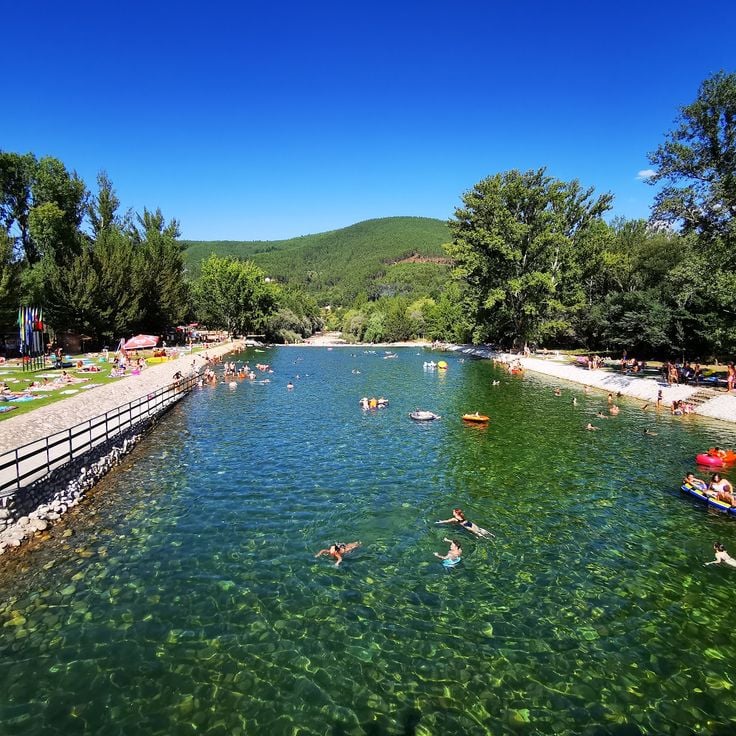
Where to swim in freshwater in Portugal?
Explore the most notable freshwater areas of Portugal, from natural lakes to artificial reservoirs, located on the mainland and the Azores islands. This collection presents a variety of sites offering swimming, water sports, and birdwatching, from the mountains of the North to the Alentejo regions, including the volcanic formations of the Azores.

Rivers and lakes for swimming in Croatia
Collection of the main waterways and bodies of water in Croatia where swimming is permitted and possible, including rivers such as the Cetina, Krka, Sava, and lakes such as Vransko jezero, Jarun, and Modro jezero. These natural sites offer clean and safe waters for swimming during the summer season.
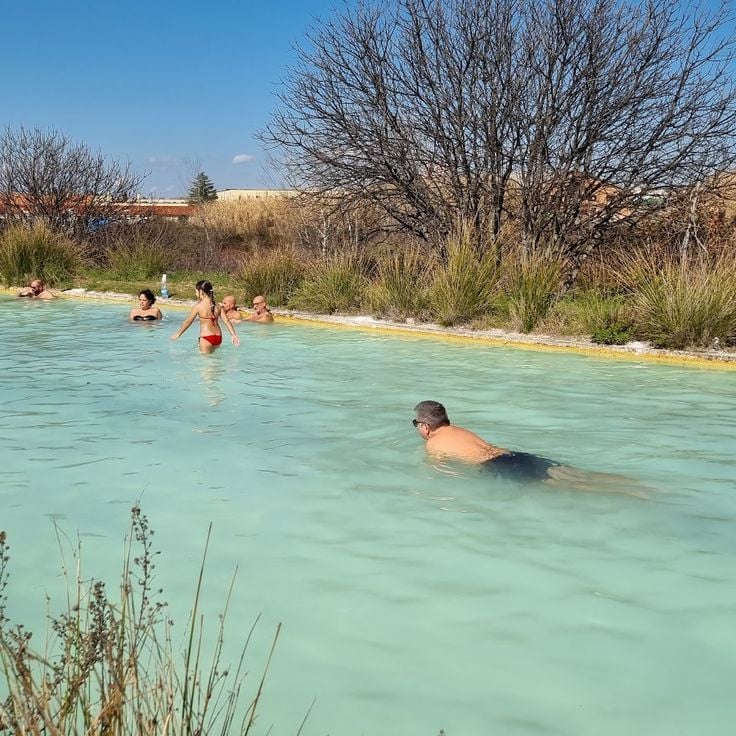
Best natural swimming pools in Italy: wild bathing spots across the country
Italy offers many locations where one can swim in nature. From rock-carved basins to mountain lakes, hot springs, and secluded coves, the country is full of accessible water spots for those who enjoy swimming away from managed beaches. They can be found all over: in the Dolomite valleys, in the heart of Tuscany, on the coasts of Sardinia or Sicily. Some sites are accessible on foot after a short walk, others have been known to locals for a long time. The water can be icy or warm depending on...

Best natural swimming pools in Spain for a refreshing dip
Spain is home to a great variety of natural swimming pools, river pools and coastal formations perfect for cooling off during the hot season. These spots are spread all over the country and provide crystal-clear water surrounded by mountains, forests or volcanic rocks. From freshwater pools in lush valleys to unique saltwater basins on the Atlantic and Mediterranean coasts, this collection brings together some of the most inviting places to experience authentic outdoor swimming in Spain.
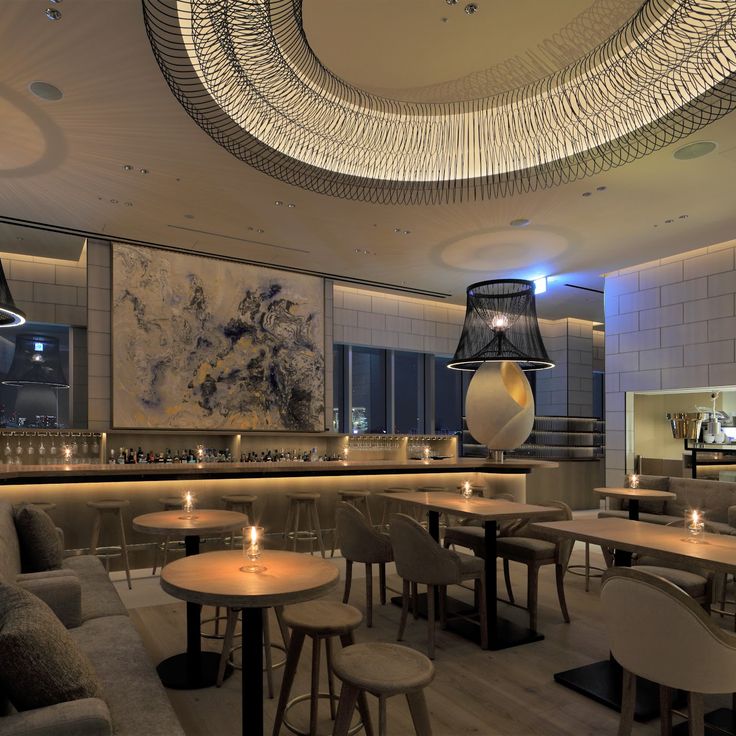
Best Rooftop Bars in Tokyo
A collection of the most notable rooftop bars in Tokyo offering panoramic views over the Japanese metropolis. These venues serve cocktails and dining experiences in a modern setting in the center of the capital.

Too hot? Selection of public swimming pools in Île-de-France
The Île-de-France region offers numerous municipal swimming pools and aquatic centers across its territory. These facilities include indoor and outdoor pools of various sizes, some equipped with slides and children's areas. Activities offered include free swimming, water aerobics classes, and swimming lessons. Facilities include lockers, showers, and changing rooms. Several centers have Olympic-size 50-meter pools and training pools. The infrastructure is designed to welcome everyone, from...

Remarkable Water Bodies of Centre-Val de Loire
The bodies of water in Centre-Val de Loire include natural lakes, ponds, and artificial reservoirs. The region features Lake Éguzon for water sports, the Brenne ponds forming a mosaic of 2000 water bodies, and recreational bases like Lake Bretonnières. These sites offer opportunities for fishing, boating, swimming, and bird watching. The Briare Canal and Loire River also run through the region. The Sologne ponds and Orléans forest ponds are natural areas with beaches and trails.
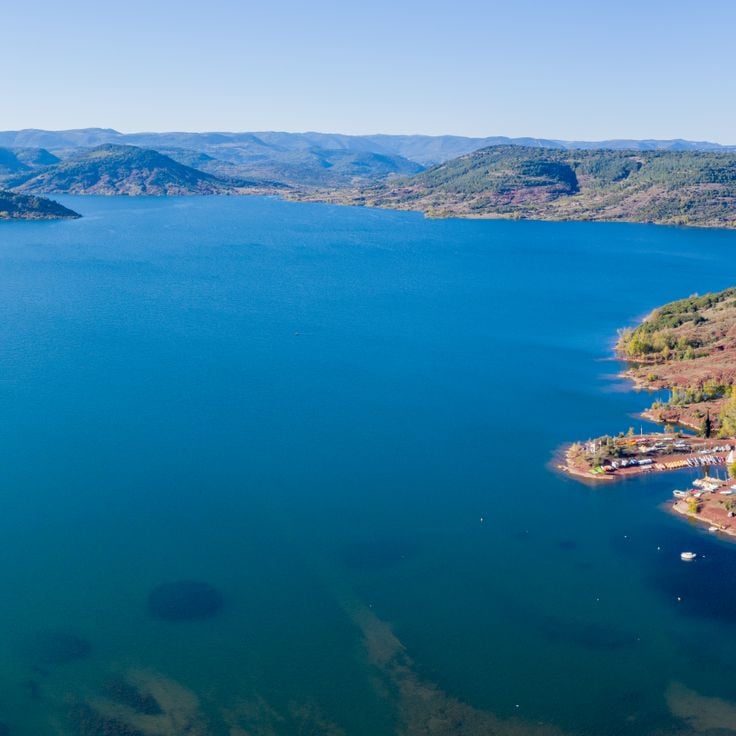
Lakes of Occitanie: Pyrenees, Massif Central, mountain lakes, and reservoir lakes
Occitanie hosts a wide variety of lakes spread between the Pyrenees and the Massif Central. Natural lakes mainly occupy high-altitude zones in the Pyrenees, where glacial erosion has carved out cirques and basins now filled with water. Lake Oô, located at 4,950 feet (1,507 meters) altitude, receives water from a 984-foot (300-meter) waterfall descending from Lake Espingo. The Bastan lakes form a series of three linked water bodies between 7,217 and 8,202 feet (2,200 and 2,500 meters) near...
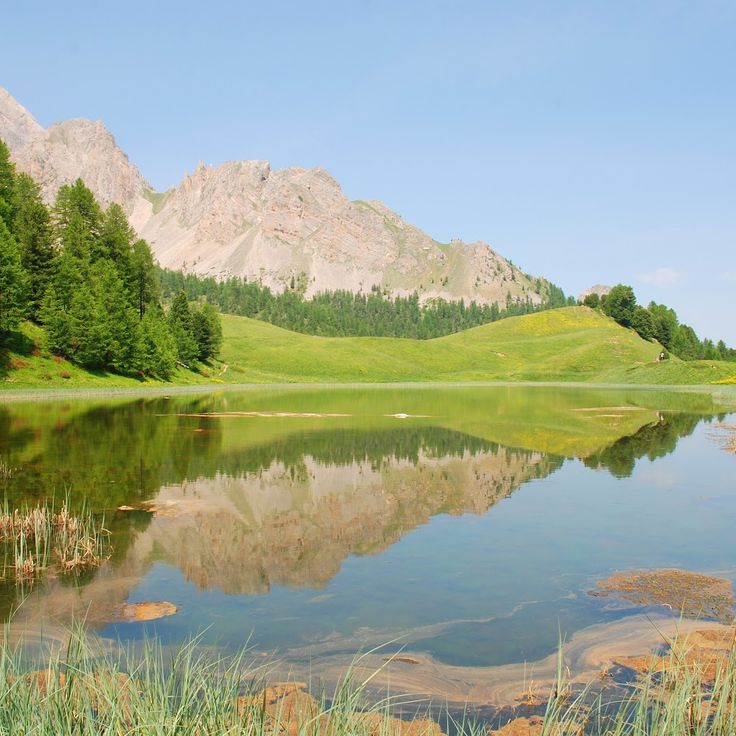
The large lakes of Provence-Alpes-Côte d'Azur
The lakes of the Provence-Alpes-Côte d'Azur region stretch from the Southern Alps to the Verdon. The Serre-Ponçon lake, with its 28 km², offers beaches and coves bordered by forests. The Sainte-Croix lake is the third-largest lake in France. Altitude lakes such as Allos and Sainte-Anne exceed 2400 meters. The Berre pond represents the largest regional saltwater expanse with 155 km². These natural and artificial lakes offer swimming, water activities, and local wildlife observation.